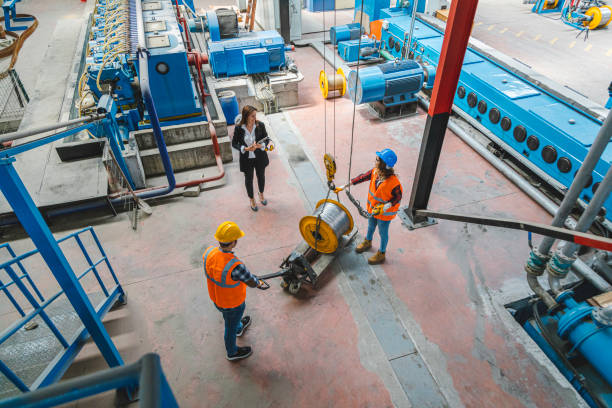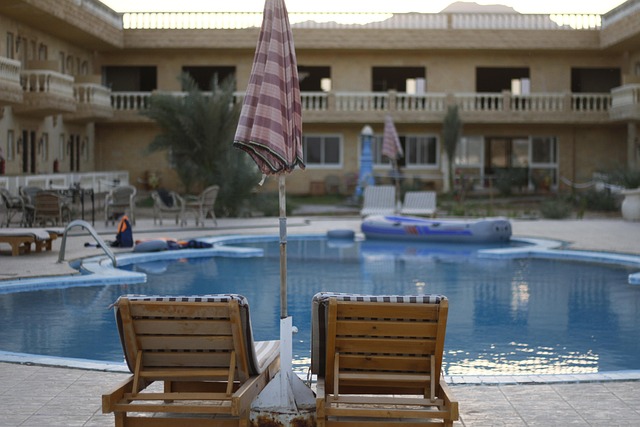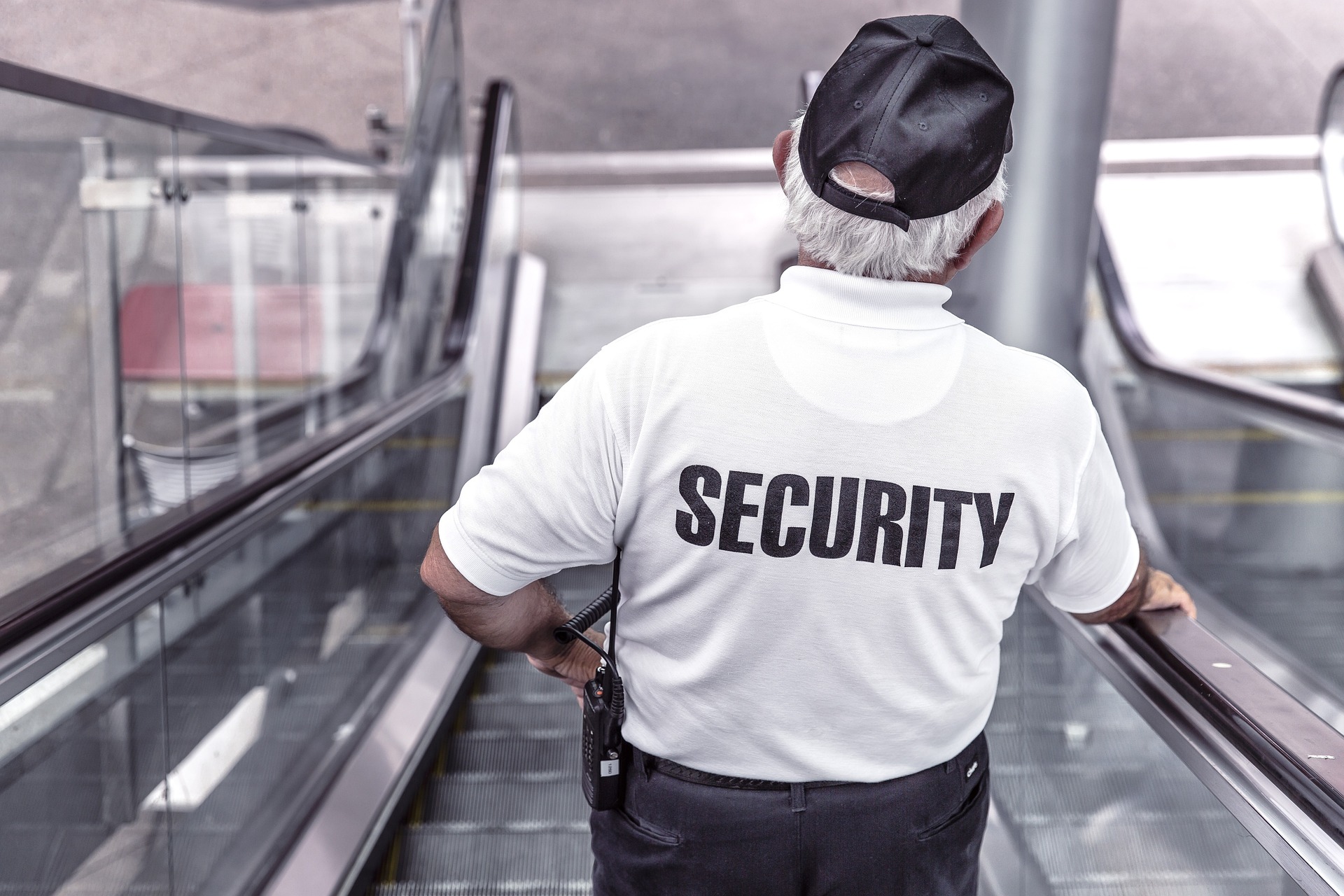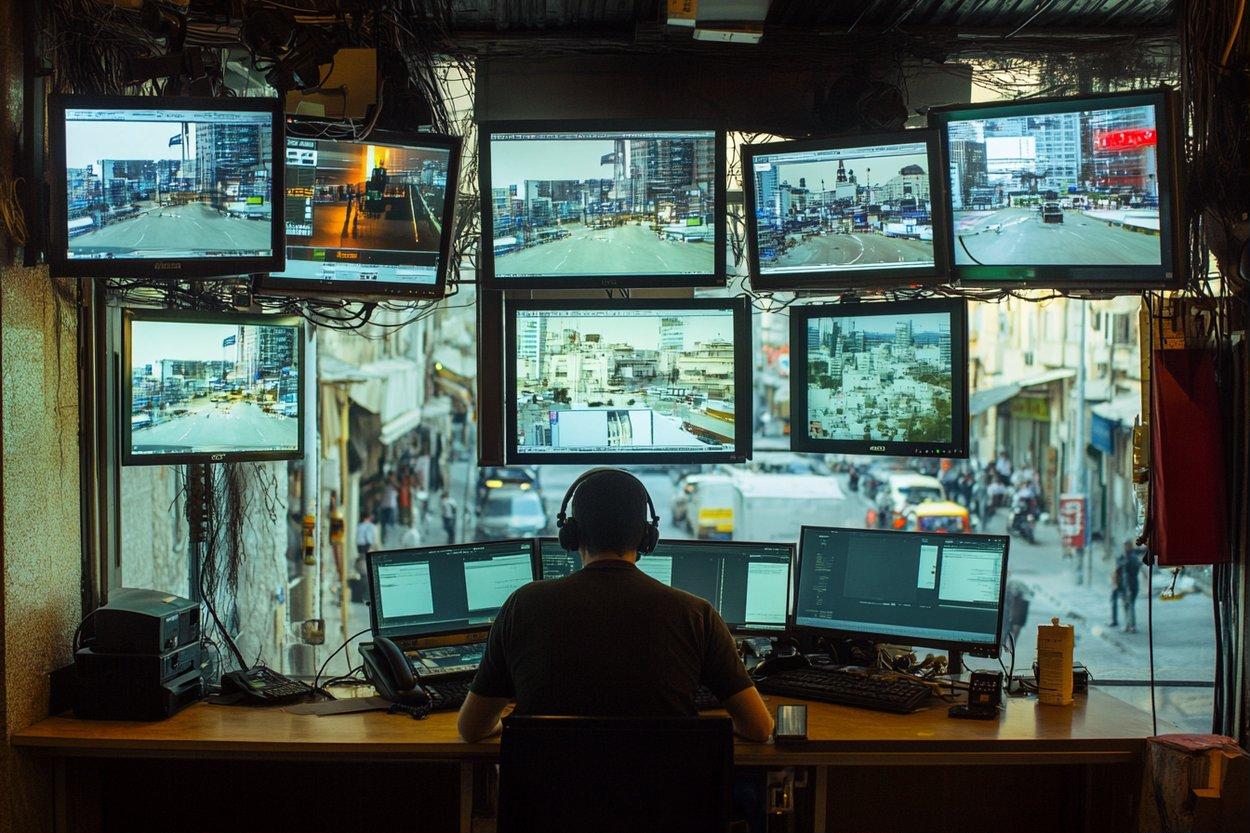From Sketch to Screen: The Underrated Art of Storyboarding
As we dive into the world of cinema and animation, storyboarding stands as an unappreciated art form that plays a crucial role beneath the surface. This article reveals the behind-the-scenes craft of storyboarding, its historical evolution, and its current trends in the industry.
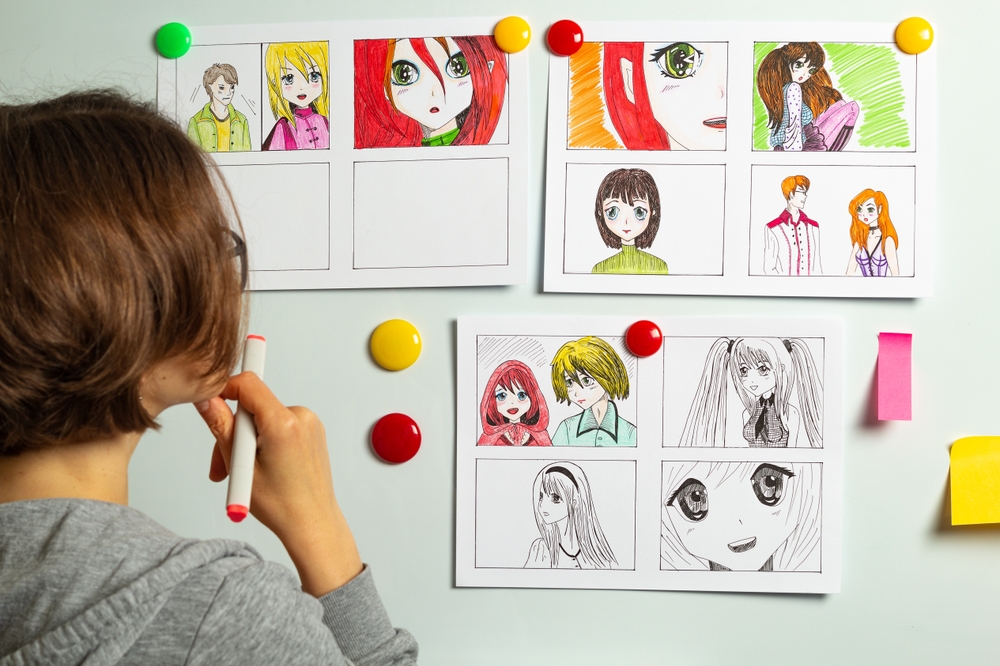
From the Drawing Board: Historical Overview
Storyboarding, born in the realm of animation with Walt Disney Studios, was initially used to visualize and polish the storyline of their animated shorts in the 1930s. Disney artists drew scenes on separate sheets, pinned them on a bulletin board, and presented them in sequence, a process that allowed them to refine the narrative before the expensive process of animation began. This practice quickly spread beyond Disney, becoming a staple in film production.
Frames of Influence: The Significance of Storyboarding
Storyboarding is a visual language that translates the director’s vision into a tangible, communicable form. It guides the cinematographers, set designers, costume designers, and actors, providing a roadmap of the film’s narrative. This method is crucial in managing production costs, as it allows potential issues to be identified and rectified before filming commences. Storyboarding not only ensures a smoother production process but also enhances the storytelling, ensuring that each scene aligns with the narrative arc.
Contemporary Canvases: Current Trends in Storyboarding
With the advancement in technology, storyboarding has evolved from sketching on paper to digital formats, using software like Storyboard Pro or Photoshop. This shift has allowed for greater flexibility and efficiency, with artists able to make changes on the fly and share their work instantly with team members. However, despite these technological advancements, the essence of storyboarding remains the same: visualizing the narrative to streamline the production process.
Impact Frames: Storyboarding in Iconic Films
Storyboarding has played a pivotal role in shaping some of the most iconic scenes in film history. Alfred Hitchcock, known as the ‘Master of Suspense’, meticulously storyboarded every scene in his films. His shower scene in ‘Psycho’ remains one of the most dissected sequences in movie history, showcasing the power of well-executed storyboarding. Films like ‘Mad Max: Fury Road’, known for its hyper-kinetic action sequences, also relied heavily on storyboarding. The film had over 3,500 storyboard panels, which guided the production through its complex, high-octane scenes.
Future Frames: The Changing Landscape of Storyboarding
As we look towards the future, virtual reality (VR) and augmented reality (AR) are emerging as new frontiers for storyboarding. These technologies are pushing the boundaries of visual storytelling, requiring artists to visualize narratives in a 360-degree space. This shift presents both new challenges and opportunities for storyboard artists, demanding a rethink of traditional storyboarding strategies.
Storyboarding, an art form often overlooked in the glitz and glamour of cinema, holds a pivotal role in bringing stories to life. It serves as a blueprint, guiding the production process and enhancing the narrative. With the advent of new technologies, storyboarding continues to evolve, promising exciting possibilities for future cinematic storytelling.

